By Isaac Lorton
One hundred years after Bravig Imbs began as a student at Dartmouth College, Robert and Olivia Temple of Eglantyne Books (based in London) republished Imb’s sole novel, The Professor’s Wife, as Eric’s Story.
The Temples were drawn to Imbs after discovering his relationship to the expatriate artist collective of the Montparnasse area in Paris, which included artists like Gertrude Stein, Alice B. Toklas, and Elliot Paul.
“He was mentioned often in various other books we’ve read about it, and so we thought, hmmm, let’s look into him, he sounds interesting,” Olivia says. “It’s such a strange name for a start. Bravig Imbs. And then we discovered he was of Norwegian heritage.”

Eric's Story by Bravig imbs

Sketch of Bravig Imbs while he was in Paris. Image provided by Eglantyne Books
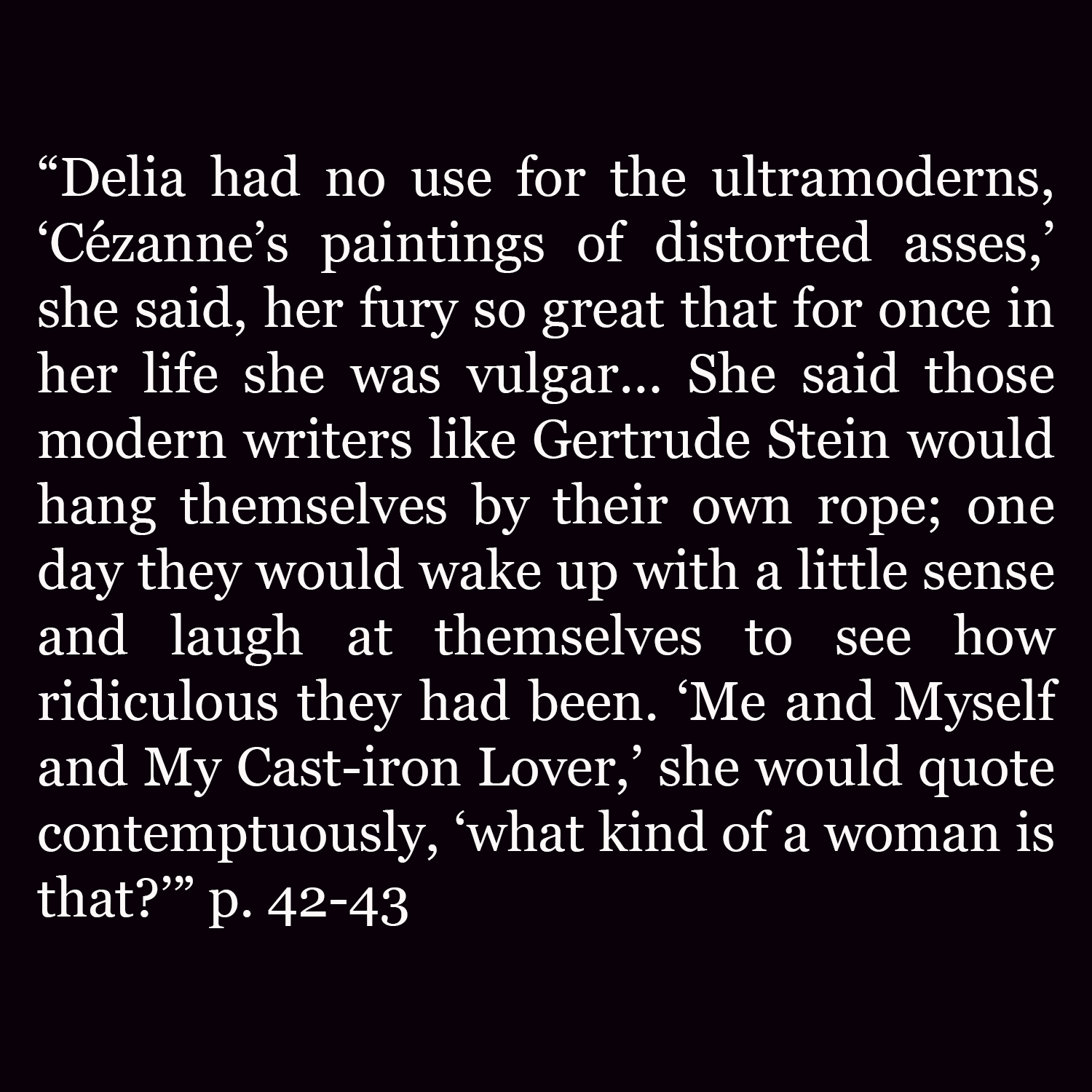
Eric's Story by Bravig Imbs
Born in Milwaukee and raised in Chicago, Imbs enrolled at Dartmouth as Wilbur Eugene Imbs in 1922, but left the school in 1925 before completing his studies. Instead, he boarded a cattle boat for Europe, where he became ingrained in Stein’s salon and wrote his debut novel.
Originally published in 1928, The Professor’s Wife takes an intimate and satirical look at the daily lives of the head of the English department, Professor Myron Ramson, and his wife, Delia Ramson, and the social intricacies of an unnamed college town, through the eyes of the English house butler and college student, Eric. While attending Dartmouth, Imbs was a live-in butler for the head of the Dartmouth English department, Professor David Lambuth, and his wife Myrtle Lambuth, in exchange for room and board, and according to Mrs. Ramson in the story, "all the cultural advantages of her home."
“We found the book, The Professor’s Wife, and we just loved it!” Olivia says. “It’s so funny. It grabs you from the very first page. You can’t put it down. I’m not American. It doesn’t really mean anything to me – Dartmouth. Yet, I was absolutely there. It’s all priceless. [Imbs] is so clever to write it all down from the word go because if he’d written it in retrospect, not from a diary which I presume he kept, he couldn’t have remembered all that detail. The whole atmosphere about the house, and especially the professor’s wife. She was a nightmare, wasn’t she?”
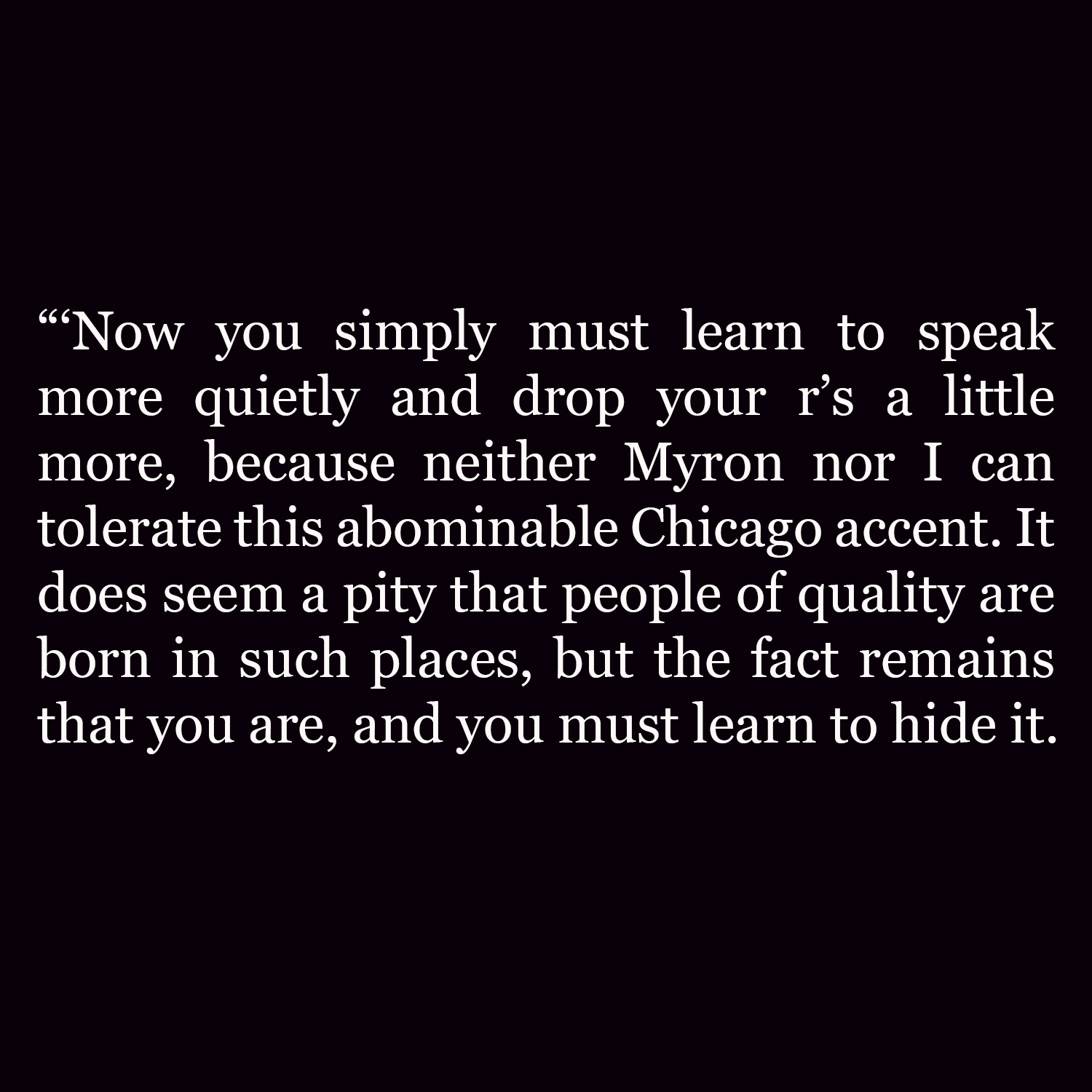
Eric's Story by Bravig Imbs

Eric's Story by Bravig Imbs

Eric's Story by Bravig Imbs
The author’s note in The Professor’s Wife reads:
The scene of this story is any American college town, and the characters, aside from celebrities who are called by their actual names, are all fictional creations.
Though Imbs wrote this, most of the characters in the book were based on real people at Dartmouth who frequented the Ramson’s ever-social house, dubbed Otterby by Mrs. Ramson; the people were given pseudonyms in the story, except for those like Robert Frost, Rebecca West, and James Stephens.
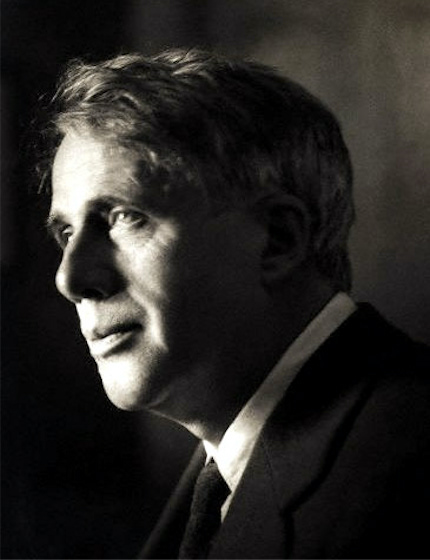
Robert Frost. Image provided by Eglantyne Books.

Rebecca West. Image provided by Eglantyne Books.

Eric's Story by Bravig Imbs
The Professor’s Wife made immediate waves in Hanover, being unofficially banned at the two bookstores in town. At the time, the Boston Transcript, with the headline "Dartmouth Man's Book Is Banned in Hanover," wrote that it was a lampoon of the family of a prominent Dartmouth professor. In 1929, Dartmouth Alumni Magazine stated that "the lampoons are obvious.”
When the New York Times reviewed The Professor’s Wife, the paper thought that the book was actually centered on Professor Ramson and was a commentary about how liberal academics may be out of touch with contemporary life outside their homes.
According to a 1999 Dartmouth Alumni Magazine article by Robert H. Nutt, “Of course, the administration at the time – this was President Hopkins's era – denied that there was any official embargo and claimed it was the merchants' own choice. That's what [the administration in] Parkhurst told the Boston papers. Yes, word leaked out of Hanover that there was a hot book at large.”
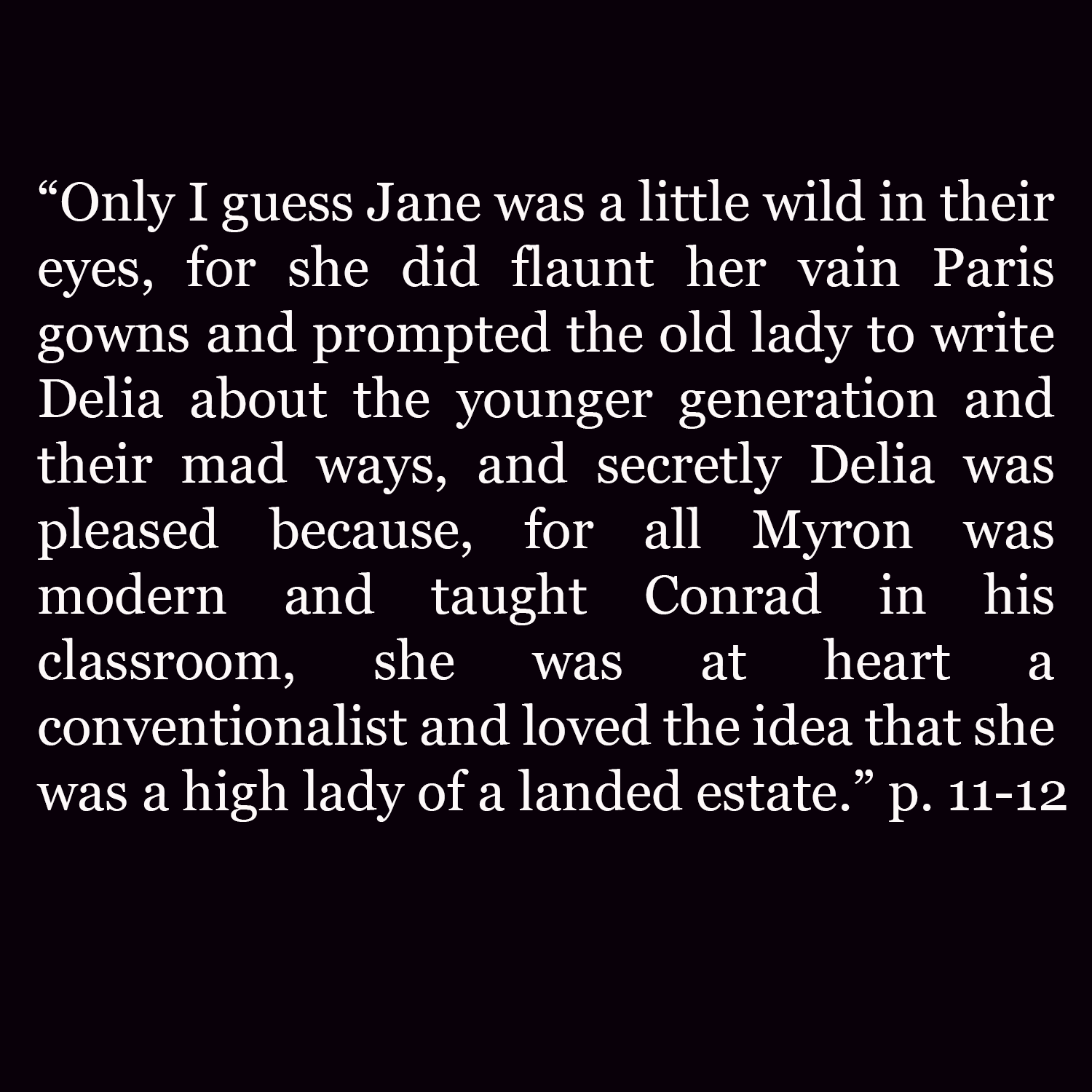
Eric's Story by Bravig Imbs
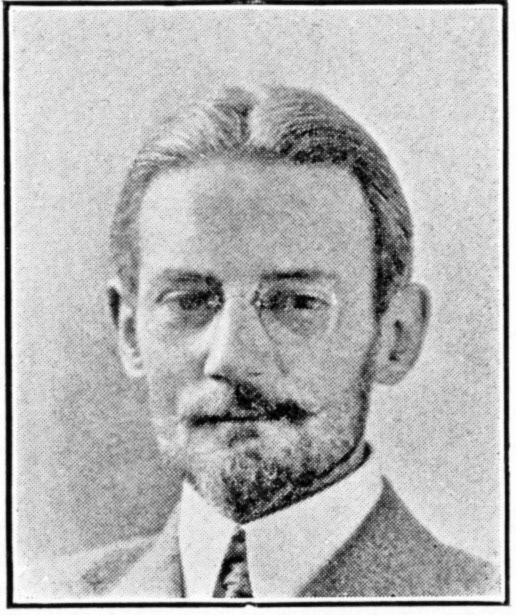
Dartmouth English Professor David Lambuth in 1922. Image provided by Eglantyne Books.

Eric's Story by Bravig Imbs
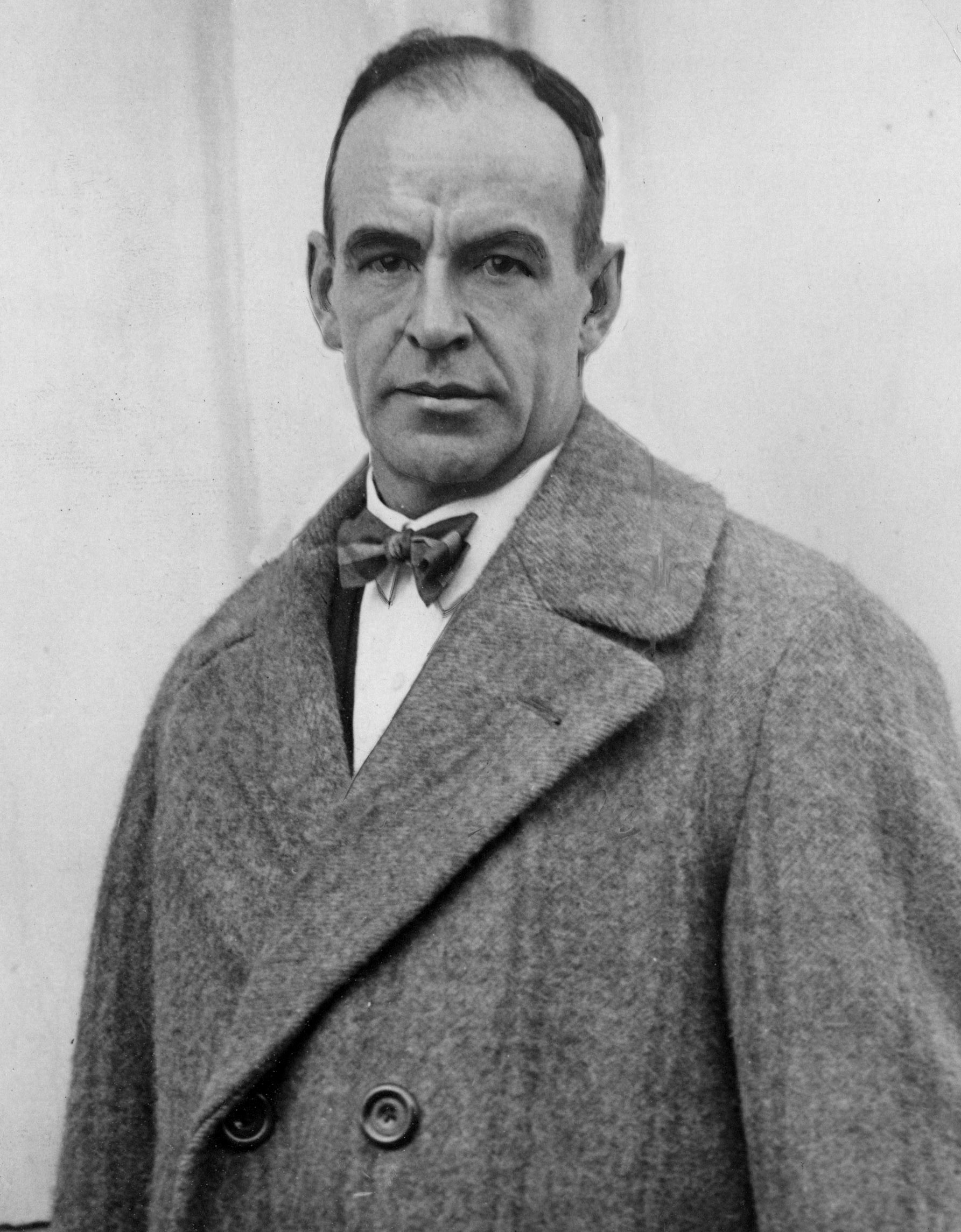
Dartmouth President Ernest Martin Hopkins. Image provided by Eglantyne Books.
The Temples were intrigued by the fallout the story caused.
“Humor is the enemy of tyranny,” Robert adds. “When people become humorless, then it is very easy for them to become authoritarian because you can’t make fun of them.”
Professor James E. Dobson, a current assistant professor of English at Dartmouth, has included sections of The Professor’s Wife in a course he teaches called “Dartmouth Fictions” about the literature of Dartmouth. Dobson says the story is “a design in truth,” with the character Eric often blurring the lines between fact and fiction, getting lost in his own thoughts and stories about people, only to get back on track with a new paragraph starting, “But I was speaking about…”
“It’s a book about a gossip, gossiping about another gossip,” Dobson says of the humor found in the ironic distance between a student butler and a department head and his wife as both employers and teachers.
“In order to turn one’s life into art requires fictionalizing, masking, and storytelling,” Dobson says.
He adds that The Professor’s Wife falls under the genre of campus fiction – the likes of which have been seen several times at Dartmouth since, including the 2014 memoir Confessions of an Ivy League Frat Boy and even the 1978 movie Animal House – and more specifically, a domestic campus fiction because it pokes fun at the ridiculous life, decorum, and culture of 1920’s everyday academia.
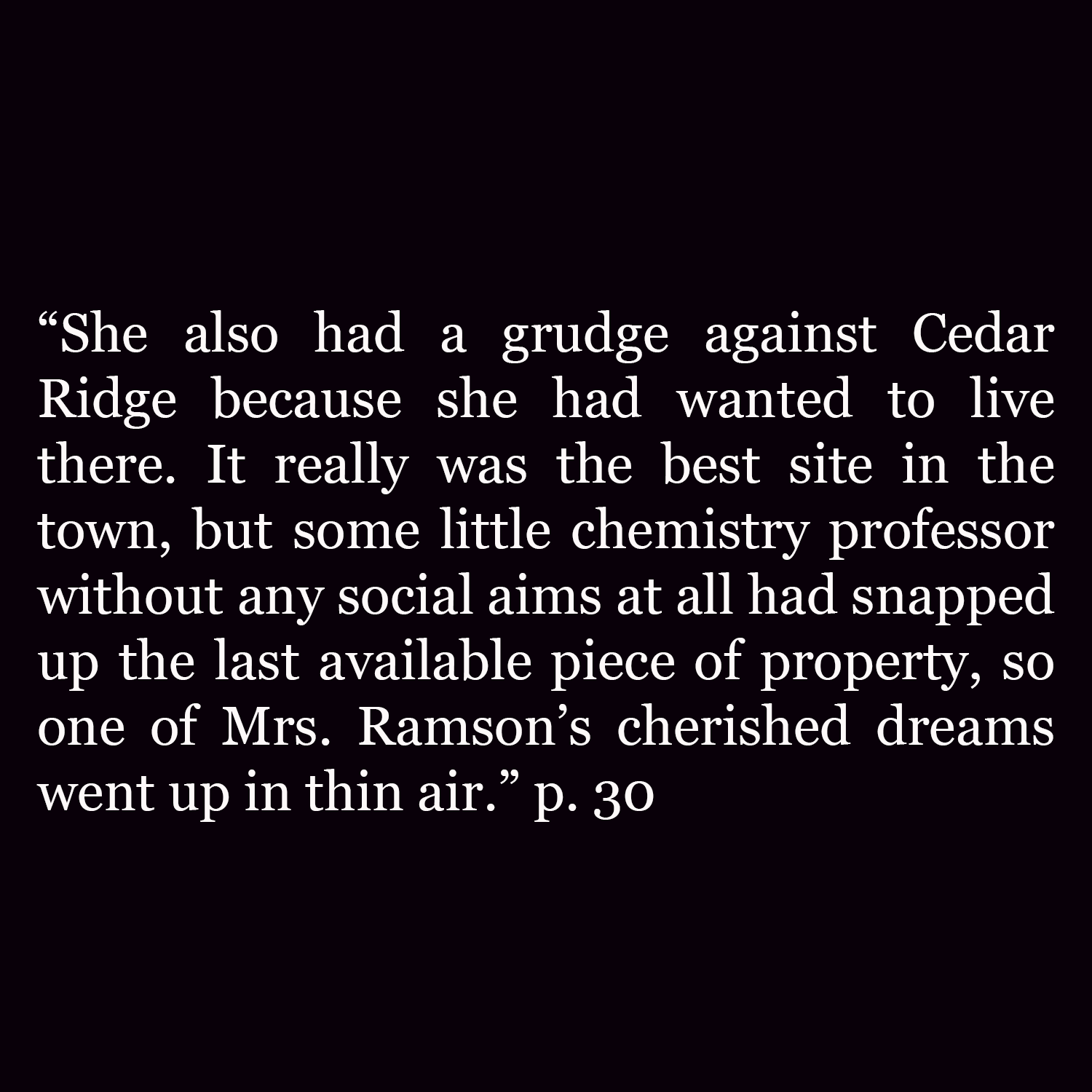

Eric's Story by Bravig Imbs

Eric's Story by Bravig Imbs
Robert and Olivia agree that Eric’s Story is worth revisiting for its historical accounts of the social life of campus bigwigs – and sometimes of students – adding images and captions to help the reader better understand what Imbs was chronicling.
“The musicians and the visitors! It’s amazing how many interesting people did visit them and went to their evening salons and played the piano and read poetry,” Olivia says. “Eric helped because he dressed up and waited on them with his tray, lit the fire, and made everything presentable… The fact that he can play the violin, and she commands him, with no notice, to come downstairs and play for everyone. I love that he didn’t feel resentful at all. There’s no resentment that he’s being treated rather badly, like a servant. It was very sharp of him to do that… Of course he had to accept being called a butler, which he couldn’t have been thrilled about.”
The Temples praise how Imbs handled the story, and his role in it as Eric, the narrator.
“Imbs is an ironical observer of what’s happened to him,” Robert says. “He can see the humor in [Myrtle’s] outrageous snobbery and many aspects of high academic life because [Lambuth] was after all the chairman of the largest department at Dartmouth at the time. [The Lambuths] knew their importance, Myrtle especially did, because she wanted to make this a big social thing. David wanted it to be more academic and intellectual, but they found a middle ground.”
Aside from adding images, the Temples decided to change the title of the book from The Professor’s Wife to Eric’s Story, including an image of Imbs sketched while he was in Paris and his signature on the inside cover.
“When you get into it, you do realize it is Eric’s story,” Olivia says. “The Professor’s Wife is a bit misleading because it almost sounds sort of like the seduction of a young man by a professor’s wife, which it isn’t at all of course. It’s very much Eric’s story. We decided we liked that and would change it to Eric’s Story. That’s what it is. He was Eric.”
To get a copy of Eric’s Story or to see more of Eglantyne Books’ other publications, visit www.eglantynebooks.com.

Eric's Story by Bravig Imbs

Scarot, the Ramson's dog, based on Chicot, the Lambuth's French Bulldog. Image provided by Eglantyne Books.

Eric's Story by Bravig Imbs

Image provided by Eglantyne Books.

Image provided by Eglantyne Books.

Image provided by Eglantyne Books.
Isaac Lorton is a writer and storyteller, who is happy to be here in this place at this moment with this group of people. Writing, Photographing, Editing.
